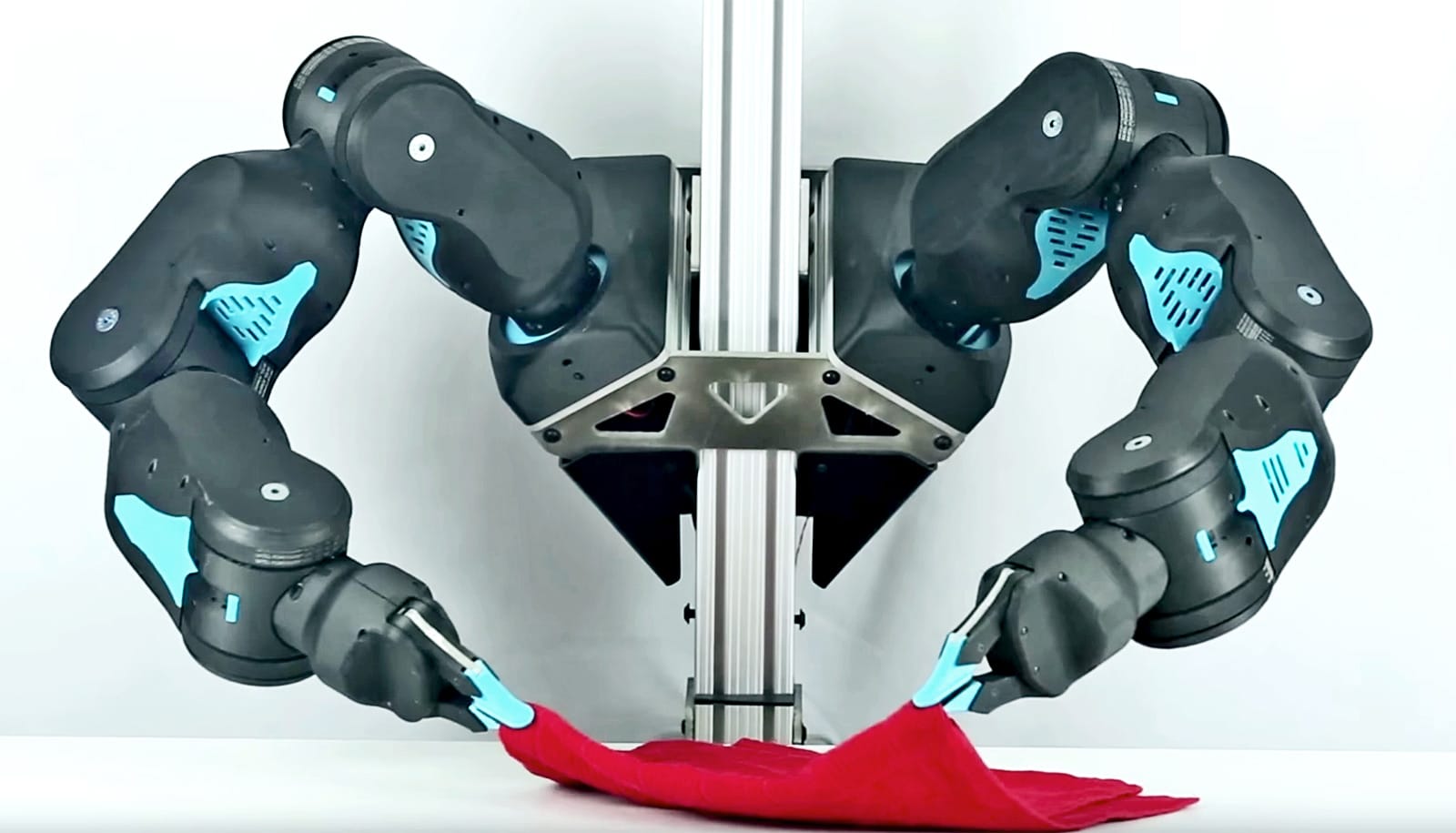AI-Powered Robotic Arms Secure $120M Funding as Dyna Robotics Redefines Industrial Automation

AI-Powered Robotic Arms Secure $120 Million: Dyna Robotics Sets New Standard for Industrial Automation
Strategic Funding Signals Breakthrough for Automation Industry
Dyna Robotics has achieved a major milestone, finalizing a $120 million funding round that included leading investors from sectors shaping the future: Nvidia, Amazon, Salesforce, Samsung, and LG’s investment divisions. With this capital injection, the company’s valuation has soared to $600 million, marking a pivotal moment in industrial automation and artificial intelligence. Institutional belief in Dyna’s vision underscores rising global interest in robust, flexible machines capable of operational excellence across diverse environments.
The funding bolsters Dyna’s ability to onboard top talent, strengthen infrastructure, and support product scalability. This commitment by powerful stakeholders reflects emerging confidence in next-generation robotics, especially in systems demonstrably driven by real-world performance data. The strategic infusion offers Dyna expanded capacity to address rising demand for intelligent machines that transform traditionally manual workflows.
At the heart of investor enthusiasm is Dyna Robotics’ focus on embodied AI—systems that learn physical tasks autonomously within authentic production settings. With strategic partners, the company blends deep expertise in artificial intelligence, sensor technology, and scalable cloud computing, laying the groundwork for broader global adoption of industrial robots.
AI-Driven Performance in Real-World Environments
Dyna’s breakthrough lies in designing robotic arms equipped with the DYNA-1 foundation model, enabling rapid acquisition of new actions with minimal setup. Starting in 2024, these robots have demonstrated a capacity to master unfamiliar tasks in mere hours, requiring little more than a brief calibration before becoming productive. Unlike conventional systems limited by pre-programmed routines, Dyna’s approach utilizes adaptive AI “brains” that continuously interpret environmental feedback for autonomous skill expansion.
A remarkable demonstration involved a set of arms folding over 700 napkins in just one day, achieving an error rate below 0.6% and operating without any human intervention. Precision, repeatability, and reliability define these machines, surpassing expectations for both accuracy and uptime. Their architecture is built to handle long shifts—up to 16 hours at a stretch—in facilities ranging from laundromats to fitness centers and retail outlets. This showcases the operational flexibility of task-specific AI models able to manage clothing, towels, and linens with enterprise-grade efficiency.
The secret to Dyna’s scaling success is their foundation model. By leveraging large volumes of real-world data, each device refines its performance with continual improvements, avoiding stagnation. This dynamic learning model positions Dyna’s technology well for environments where rapid adaptation to variations—from material types to new tasks—is a competitive advantage.
Driving Toward Physical AGI and the Future of Intelligent Agents
The long-term goal for Dyna Robotics is ambitious: developing systems that approach artificial general intelligence in the physical realm. Physical AGI, as envisioned by the founders, is the concept of robotic agents that can autonomously learn to perform any task humans do, using generalized reasoning capabilities. Realizing physical AGI could unlock a revolution in productivity, potentially enabling machines to support everyday life at unprecedented levels. This vision extends beyond rigid, task-specific deployment to environments requiring versatility, resilience, and problem-solving in unstructured settings.
New funding will accelerate this trajectory, backing initiatives to gather extensive, high-fidelity datasets from commercial deployments. Every interaction—from folding napkins to arranging garments—teaches the AI model subtleties of physics, touch, and environmental variability. With each cycle, the company advances closer to systems able to handle complex, multi-step tasks across industries without manual reprogramming.
Co-founder and CEO Lyndon Gao describes the opportunity as unlocking “the potential of physical agents” for society. According to the leadership, the advances seen in language and vision AI have yet to fully materialize in physical systems. Overcoming this bottleneck—turning laboratories into factories teeming with truly autonomous machines—represents not just technological progress but a potential societal paradigm shift.
Industrial Adoption Expanding Across Sectors
In current deployments, the technology is already paying dividends in businesses tasked with high-volume repetitive manual labor. By transferring skills learned in one location to robots in another, Dyna offers scalability with minimal retraining. Operators have reported seamless setup, low maintenance overhead, and a high degree of customization for distinct workflow requirements.
The adoption in laundromats, fitness centers, and retail settings demonstrates versatility beyond traditional manufacturing lines. Whether sorting clothing or folding linens, the robotic arms demonstrate a consistent standard of care, error minimization, and stamina under demanding shifts. As the company expands into new verticals, opportunities emerge for integrating these agents with smart logistics systems, inventory management, and automated fulfillment.
The funds raised will support the development of additional use cases, not only deepening capabilities in present domains but expanding into areas where physical task automation has been a bottleneck for efficiency. From food processing to packaging, the potential applications are broad, with each deployment adding to Dyna’s evolving knowledge base.
Transforming the Landscape of Labor and Machine Intelligence
The journey toward generalized, physical AI is marked by technical, operational, and conceptual challenges requiring sustained investment and interdisciplinary collaboration. Dyna’s recent funding and ongoing deployments signal growing recognition that machine intelligence, when paired with dexterous mechanical design, can address real-world needs beyond the scope of legacy approaches.
The company’s commitment to responsible scaling, workforce augmentation, and continuous model refinement will be closely watched by innovators across automation, artificial intelligence, and business operations globally. With the backing of influential technology investors, Dyna Robotics stands positioned to set new standards in how businesses and societies leverage intelligent machines for practical benefit.
The rise of physical agents powered by advanced learning models offers a glimpse into a future where abundance, operational excellence, and human-machine collaboration are closer to reality than ever before.
